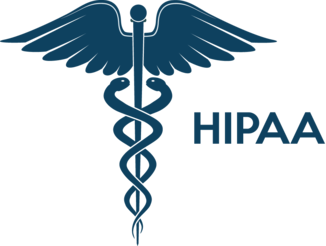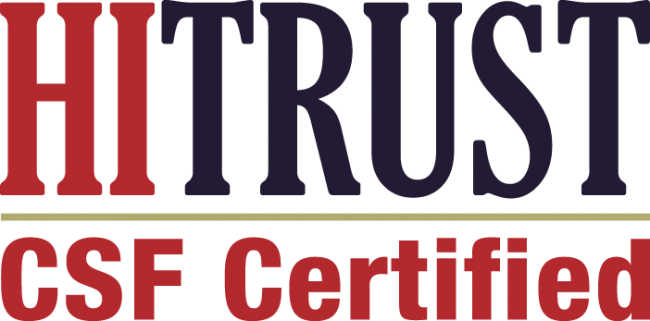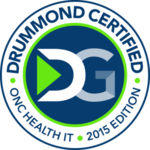With every passing day, the healthcare industry is growing and becoming better. In order to keep up with the huge demand for medicine and treatments, researchers are inventing new systems and technologies. So what are the healthcare trends to watch out for in 2019 and beyond?
The number of baby boomers who retire and come under Medicare or Medicaid is increasing every year. At the same time, medical experts are making unbelievable achievements in treatments and medicine. So it is difficult to predict the number of inventions in the future. But one thing we know for sure is that the healthcare industry has a bright future.
Due to the rapid advancement in technology, the healthcare industry has grown quickly to serve a huge number of people across the world. Despite the uncertainty in the future, it is possible to predict by looking at the medical learning centers because that’s where most of the ideas originate.
So, let us go into the top 5 healthcare trends to watch out for!
-
Electronic Medical Records/Electronic Health Records
Electronic Medical Records (EMRs) are the top of the list. But these are not new so how can it be a trend? Most of the health institutions across the U.S. have adopted the use of electronic medical records and it has positive effects.
According to Assignment Masters, it is necessary to have patients’ records in digital form to not only access these easily but also convenient for medical experts to communicate and share information with other experts in a different area. With these records, any physician can access the patient’s medical history in seconds and this allows him or her to make informed decisions when treating the patient.
Although EMRs have been around for a while, it took some time for health systems across the U.S. to embrace and implement it. Today, most of the health systems use electronic medical records.
In 2019, we can see how technology will continue improving patient care in the long-term. With digital records, the medical expert can devise effective treatment plans anytime.
-
Smartphones allowed in medical classes
The second trend is all about how technology will not only change systems in hospitals but also in the class. Today, technology has changed how medical experts interact, gather information and make decisions. It has also changed the way medical students are trained. Today, healthcare workers don’t get in trouble for having smartphones and Edugeeksclub in class. In fact, they are encouraged to use these devices to improve their learning methods.
Teachers have also changed their teaching methods. They have reported having an easier time teaching using new equipment and software. It allows them to share important information easily and fast as compared to the traditional lecture which was difficult for the teacher and boring for the student. Students can also collaborate easily through these systems and this gets them prepared for real-life experiences.
-
Artificial Intelligence
It is impossible to discuss the future of the healthcare industry without thinking about artificial intelligence. Artificial intelligence will change and improve healthcare in many different ways. In general, artificial intelligence will open the avenue for human beings and technology to connect. Through this connection, it is easy to monitor and analyze the activity of human beings all over the world easily.
With artificial intelligence, healthcare providers will have the best tools in their hands to treat patients. For instance, using this technology, healthcare providers can easily offer their services in places where there is a shortage of doctors without being there physically. Some experts are predicting that treatments such as radiology will be enhanced to a point that healthcare providers will not need to take tissue samples from patients.
According to Essay Shark, artificial intelligence in the health care industry will increase by $1.7 billion and this is expected to improve performance and productivity by ten to fifteen percent in the next few years. Artificial intelligence will improve efficiency, save time and money and improve the experience of the patient.
-
Medical devices
Technology has made it possible for patients to consult their doctors without having to visit them. Today, doctors and patients can video chat any time they want. After communicating with the patient and analyzing his or her records, the healthcare provider can easily make informed decisions. This is good news for patients who are very old or for people who cannot get out of their houses.
With improvements in technology, our healthcare system will also improve. Medical experts have spent a lot of time and energy innovating medical devices that will revolutionize the healthcare industry. With these devices, you don’t have to wait for days or hours to get your results. They are fast and efficient.
These machines are not only convenient for patients but also to health providers. Their quality of service determines health or sickness and frustration.
-
Improved quality of service
All technological advancements are centered on improving the experience of the patient. In every profession, the experts are paid based on the quality and quantity of service they render. Technology allows healthcare providers to measure their outcomes based on the hours they log in and the health outcomes of their patients.
It also makes it easier for healthcare providers to determine which type of treatment works best and how to get the best outcome out of them. Tests can be performed quickly and accurately. Medicine and other forms of treatment are available. In the coming years, patients will receive the best care that man has been dreaming and working towards to for thousands of years.
The health care trends discussed above are just but a fraction of what we should expect in the near future. With technology advancing at a rapid rate, we look forward to quick and efficient medical tools and treatments. As technology advances, it will reduce the burden on healthcare practitioners and they will be able to deliver the best quality of service.
Talk to our experts to know more about Healthcare updates.






